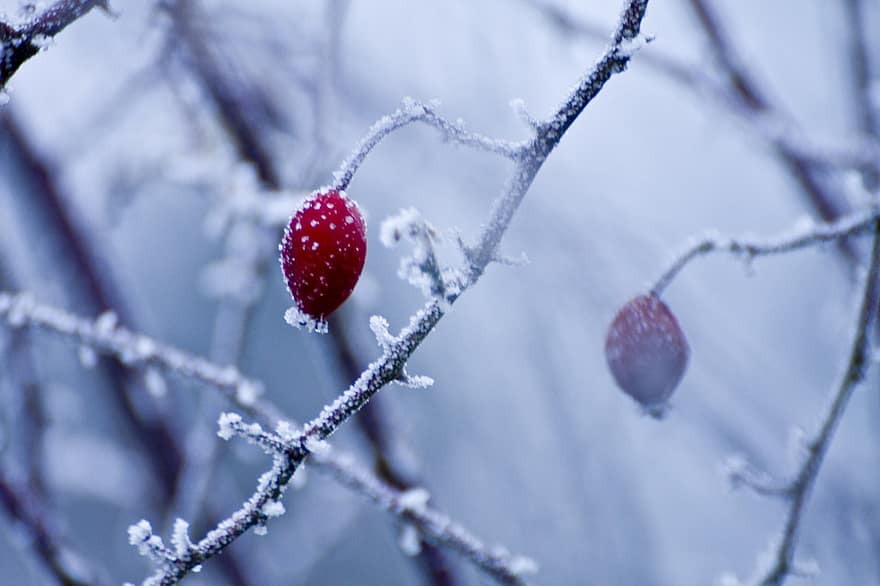REV. DR. ELIZABETH CUNNINGHAM
Stouffville United Church
Advent 3 – Joy
Living Nativity
Psalm 126

Cause and effect. ‘Cause and effect’ is defined as the relationship between events such that one is the result of the other. The ‘cause and effect’ pattern often expresses itself in significant reversals. You’re moving forward in life and all is good. And then someone you love dearly dies. Or you receive notice that your job is eliminated. Life for you is stopped suddenly. That is the cause. The effect is the sorrow, the sadness, the anguish, the disbelief, that is caught up in your tears. Or you’re going along in life, and all is not good. You’ve been looking for a job for months, or maybe you’ve been trying to get pregnant, like it was in my case for a few years. And then you get the call for the job. Or your pregnancy test is now positive. And the effect of this sudden reversal is pure joy, as your tears are now turned to laughter, in your relief, in your joy.
Way back in 2020, as a church, we were in the middle of Lent, with services of Good Friday and Easter Sunday coming up. Schools were just going into March Break. And then the pandemic showed up. And our world quickly shut down. Stores closed, church buildings were off limits, day cares shut down, schools closed, people were laid off work. We were told to stay home and only go out for essential things like food or medical appointments. And then hospitals started filling up with the sick, many in the ICU’s and on ventilators. And then long-term care facilities began closing their doors to families, and the elderly were becoming easy victims of this virus. Everything we took for granted was turned on its head.
Reversals are a part of life. And their ups and downs are well known in our hearts. We bear the scars. And our heart knows the flutter of beautiful joy! Reversals in life happen. But through each one, we have known God’s constancy in walking with us, listening to us, guiding us, healing us. “Great is thy faithfulness” we sing, ‘strength for today and bright hope for tomorrow”. These are the things we know about God.
“Psalm 126 acknowledges the reality of sorrow.”1 The psalm writer is writing about the exile experienced by the people, and the tears they have shed. Just as today, all of us are affected by the pandemic. The burden and the sadness of the pandemic has impacted us all. A commentary writes, “The psalm looks for signs of God’s promise in dark and difficult times.”2 The psalm uses the watercourses in the Negeb as a metaphor for this promise. I read this week that “the Negev is a desert region in what is now southern Israel. It is a place of contrasts. When it is in drought, nothing will grow there. When the rains come, the whole place springs to life and everything grows. This change from barrenness to abundance of the hope of this psalm.”3
My friend Hendrik Hart has told me of a place he has always wanted to see. It is a desert in South Africa, by the South Atlantic Ocean. “Once a year it is carpeted with blooms from late
August to early September. The sole issue in predicting best time as the flowers burst into life depends on the rains.” 4 It holds its beauty for a week or two. To see it, you have to be lucky in your timing so that you don’t miss this glory, this joy in the desert!
What happens in between the planting and the emergence of green? What is in this in-between? Trust. Trust that the seed will germinate and the plant will emerge from the seed.
I think of the sower in our psalm, the one who will come home rejoicing with shouts of joy, carrying her sheaves. Even into the earth that is dry from drought, the sower bends over, and putting her hand in her seed bag, takes a few seeds and carefully places the small seeds into the ground. The seed is as vulnerable as the sower. But imbedded in each is the promise of new life. The sower places the seed in the ground. She is discouraged by the condition of the land, the drought, the hot sun. But the sower always hopes, because the seed she holds in her hand contains the promise of new life. Then one day, the sower will scan the field and she will see the first evidence of sprouts, that beautiful green announcement that the seed has opened and the plant is pushing up to new life.
What happens in between the planting and the emergence of green? What is in this in-between? Trust. Trust that the seed will germinate and the plant will emerge from the seed. As we sing in another favourite hymn, “in the bulb there is a flower, the seed an apple tree – something God alone can see.” 5
It is this story of God’s constancy that is written deeply in our hearts. It is this promise of new life that saves us again and again. Turning our tears into shouts of joy.
Thanks be to God. Amen.
[1] Feasting on the Word, Pastoral Perspective, 60.
[2] Feasting on the Word, Pastoral Perspective, 58.
[3] Awaken: The Art of Imaginative Preaching, (Minnesota: Logos Publications Inc., 2011), 14.
[4] The Namaqualand Spring Flower Power Desert in South Africa (atlasofwonders.com)
[5] In the Bulb there is a Flower, United Church of Canada Hymnal, VU 703, Vs. 1.
